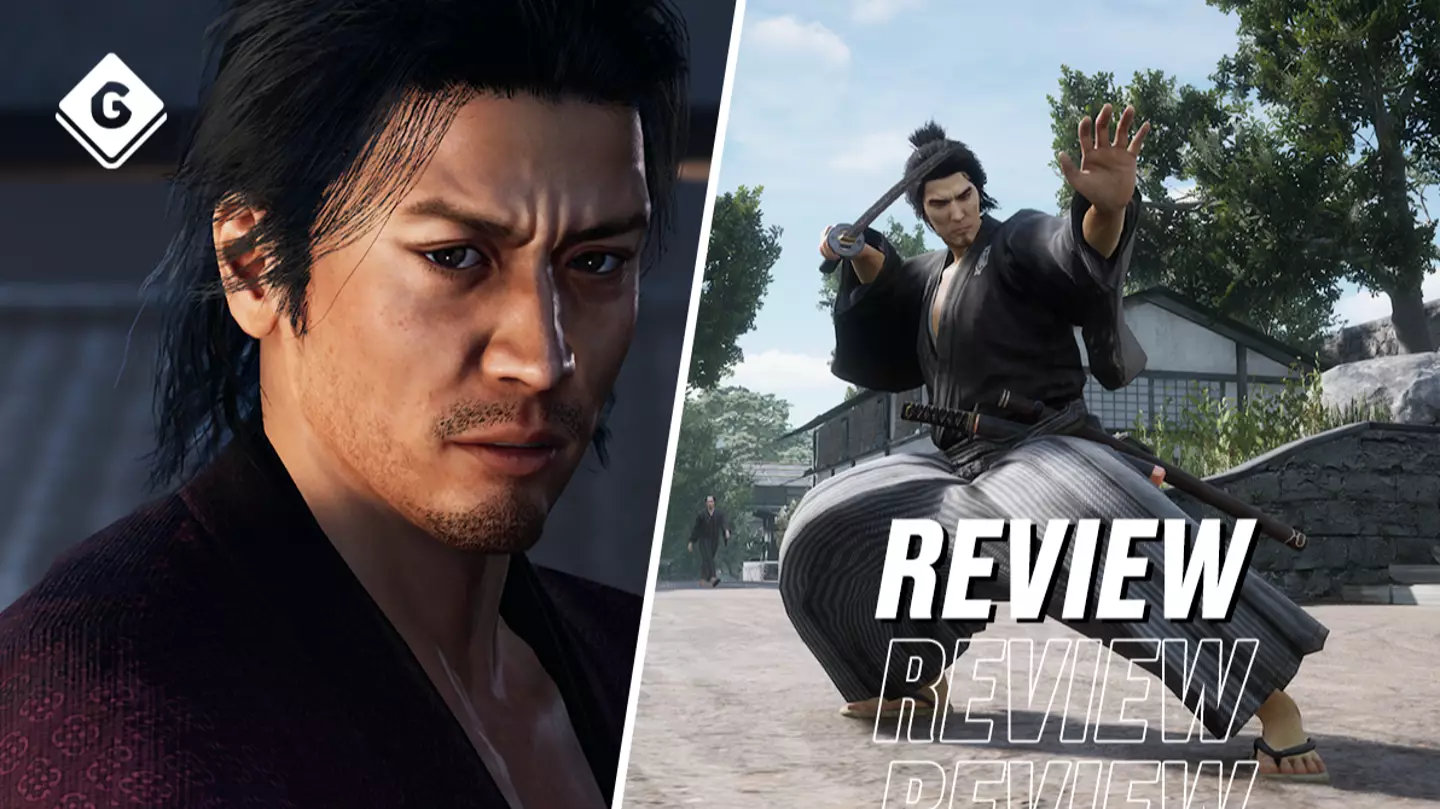
As I gather the vegetables that have grown in the garden, I briefly pause and survey my rustic home in mid-1800s Japan. Haruka, the young girl who I’ve essentially adopted, stands by the front door, while our newly-rescued shiba inu sits contently after being fed. It’s hard to think mere minutes ago I was slicing through enemies in a full-on battle for the nation’s future.
See the trailer for Like a Dragon: Ishin! here
As explained in our preview, Like a Dragon: Ishin! puts players in the role of Sakamoto Ryoma, a samurai from the 19th Century, who is on a mission to save Japan and avenge his father’s death at the hands of a masked assailant. While this tale is loosely based on real historical figures and events, developer Ryu Ga Gotoku hasn’t let the truth get in the way of their style.
Advert
Like a Dragon: Ishin! is a Yakuza game through and through, and it marks the beginning of rebranding the series in the West from ‘Yakuza’ to ‘Like a Dragon’, but the franchise is still very much in the same vein if this remake is anything to go off. It’s got gripping drama with tremendously well-acted dialogue in immersive cutscenes, an endless stream of foes to fight, and a huge world to drink in.

Like a Dragon: Ishin! really is a massive game. Even without the 20+-hour-long main story, there’s plenty within to keep you busy. The array of side content includes a selection of minigames, from utamaruya (pretty much karaoke) to slicing cannonballs as if in a batting cage. But that’s not all.
There’s an enormous list of substories, which are basically side quests. These (mostly) optional missions see Sakamoto Ryoma help a variety of side characters around the in-game world, which mostly takes place in Kyo, the former capital of Japan, which is now modern-day Kyoto. From battling outlaws using a dance craze to cover their crimes, to finding an array of vegetables to satisfy a woman’s needs (you read that correctly), Like a Dragon: Ishin! is figuratively full to bursting point with satisfying substories.
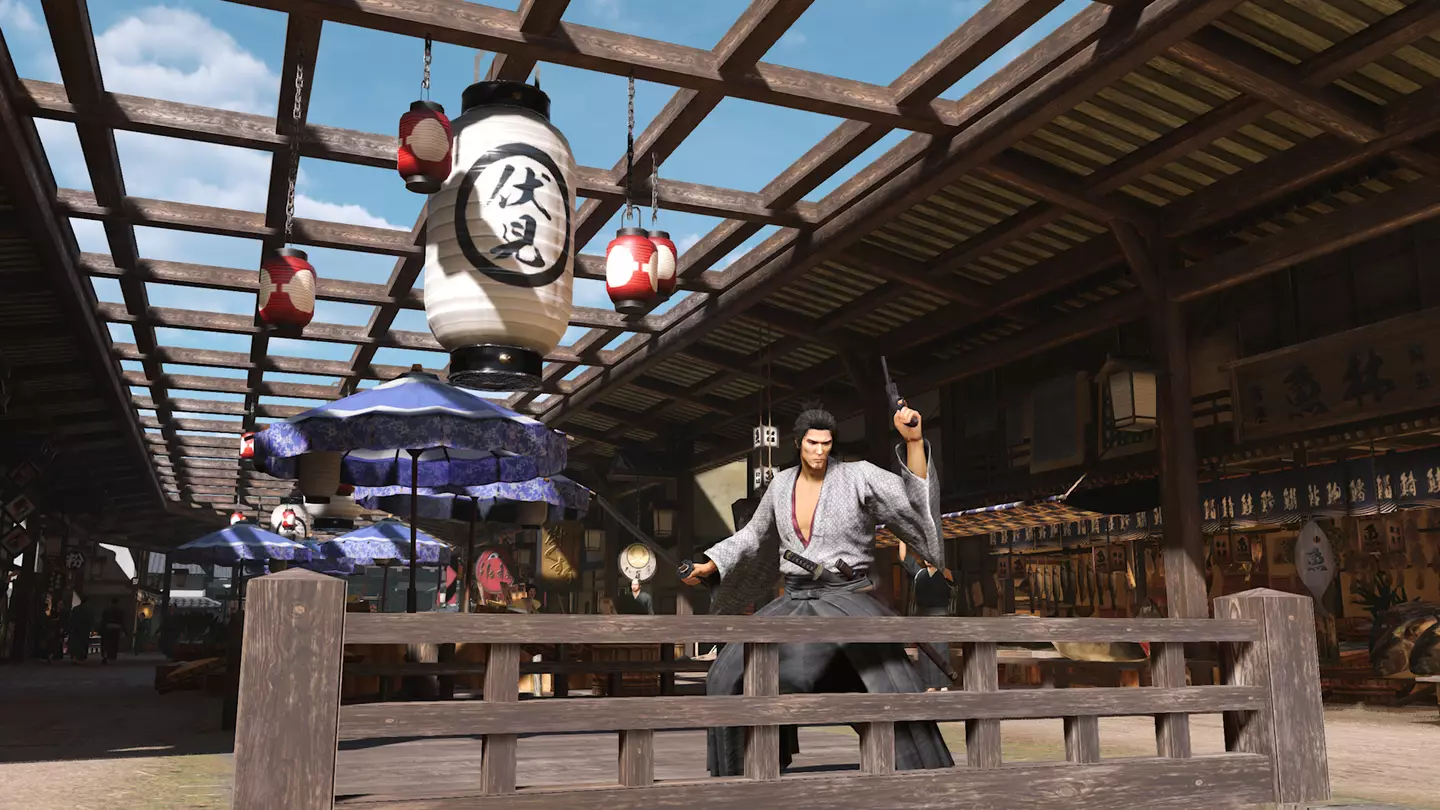
In addition, Ryoma-san is also able to develop relationships with a number of NPCs. These bonds are increased in various ways, from eating at restaurants or simply conversing. The fruits of each relationship vary, and are always rewarding thanks to adding more weight to an already absorbing world.
Advert
One NPC in particular, called Haruka, is a young girl who lives alone in a traditional Japanese countryside residence. Her house is on the line due to an enormous debt so Ryoma steps in to cover the expense because he’s a diamond. As a result, he is able to retreat to this idyllic location and enjoy life at a slower pace. Essentially, it’s a little farming sim within the RPG, where players can grow crops, cook food, and just generally chill out. While not as key to the overall experience as it is in a game like Harvestella, it’s definitely worth checking out.
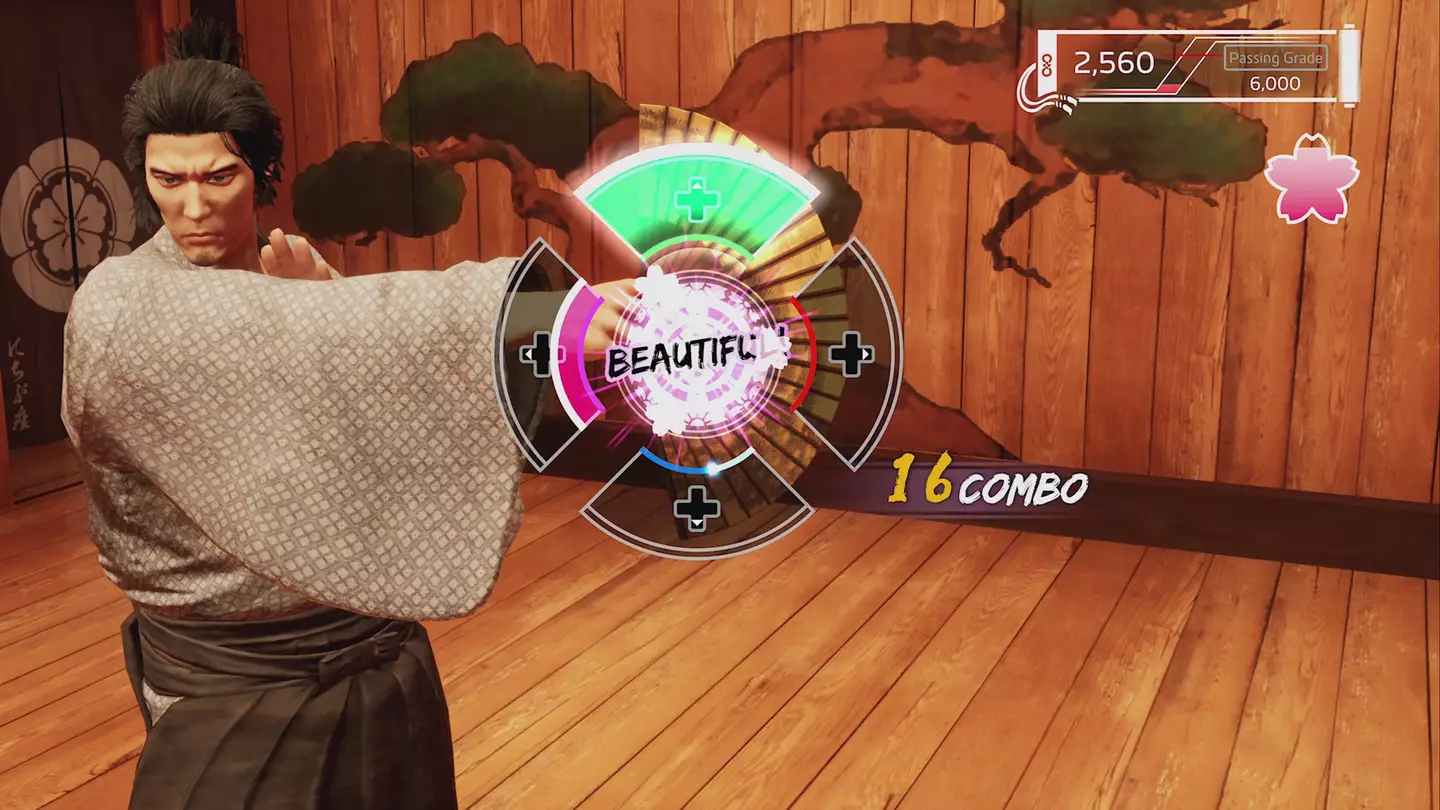
Immersion is a key part of Like a Dragon: Ishin!, and the series as a whole. The digital, reimagined world of 1853’s Japan is fascinating, and gorgeous in parts, too. Standing on the riverbank, watching the water flow is as pleasing as any minigame. Strolling through the bustling streets, stopping off for a sake or two, and picking up the threads of new adventures all feels wonderful. It’s a blessing, then, that Ishin! offers the option to keep on playing after the end credits roll, so players can continue to enjoy the side content without starting over, although there is a New Game+ option.
The immersion isn’t always perfect, though. Like a Dragon: Ishin! runs in Unreal Engine 4, as opposed to Ryu Ga Gotoku’s own Dragon Engine, which is the traditional choice of the Yakuza titles. While the reasons for this have been explained, I did notice one minor issue that became more glaring as my 30-hour playthrough went on: pop-in.
Advert
Playing on Xbox Series X, almost every cutscene has moments of pop-in textures. Ryoma’s face often starts off as smooth as a Ken Doll’s downstairs parts, before quickly transforming into a more weathered, lifelike model. It’s not just Ryoma either. Pretty much every pre-rendered cutscene suffers from this issue, and the constant unwelcome transitions constantly shatter the verisimilitude.
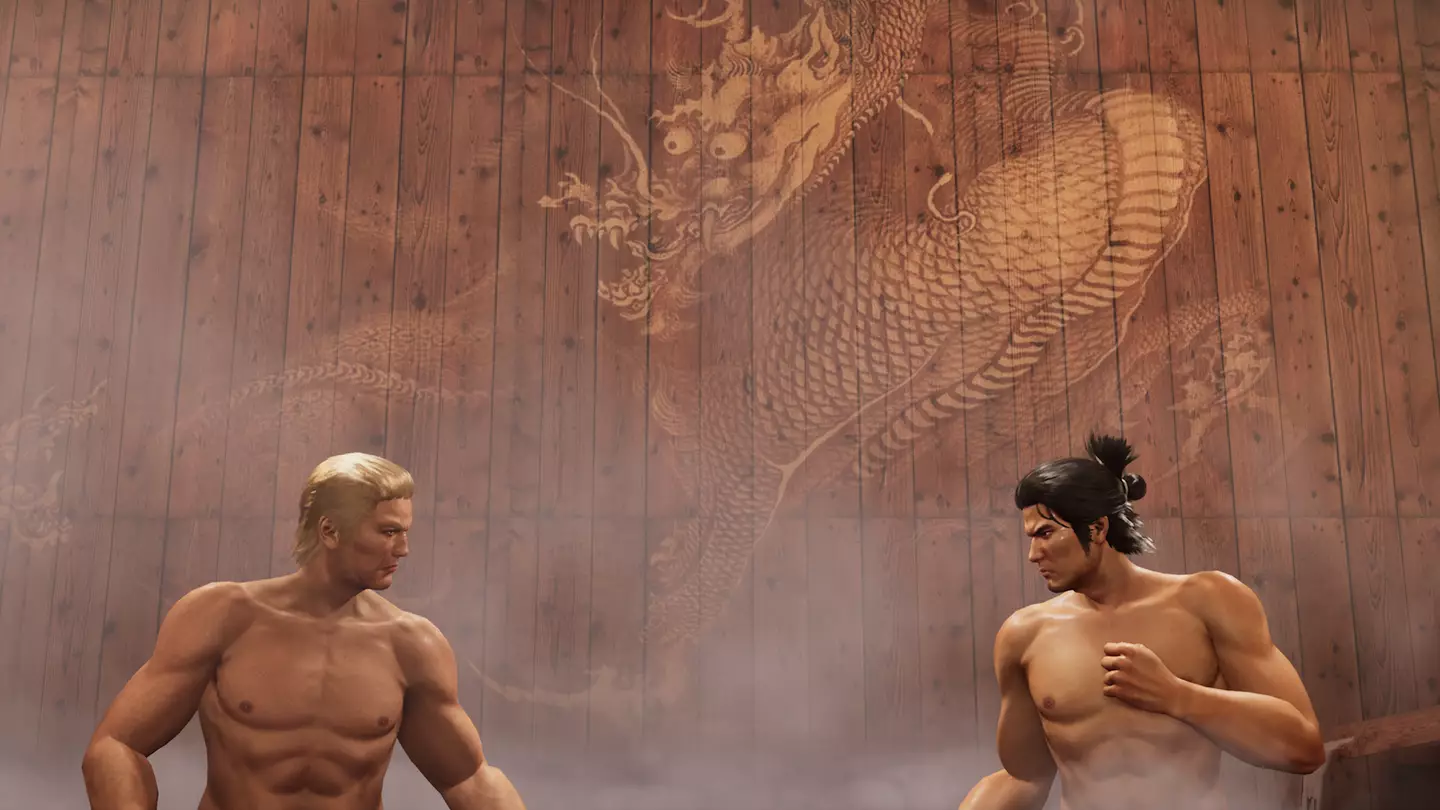
The game’s combat is a combination of beat ‘em up and hack-and-slash styles. Ryoma is able to wield fists, swords, guns and more, and the ability to change between these weapons and their corresponding forms keeps things fresh from start to finish, especially as each individual technique has its own skill tree.
As you level up, you earn orbs. While there’s a generic orb type, there are also specific ones for every fighting style, so the more you use a specific manner of combat, the more you unlock new skills within the correlating tree. Each different set also has the option of increasing health and strength, so levelling up is vital if playing on harder difficulties.
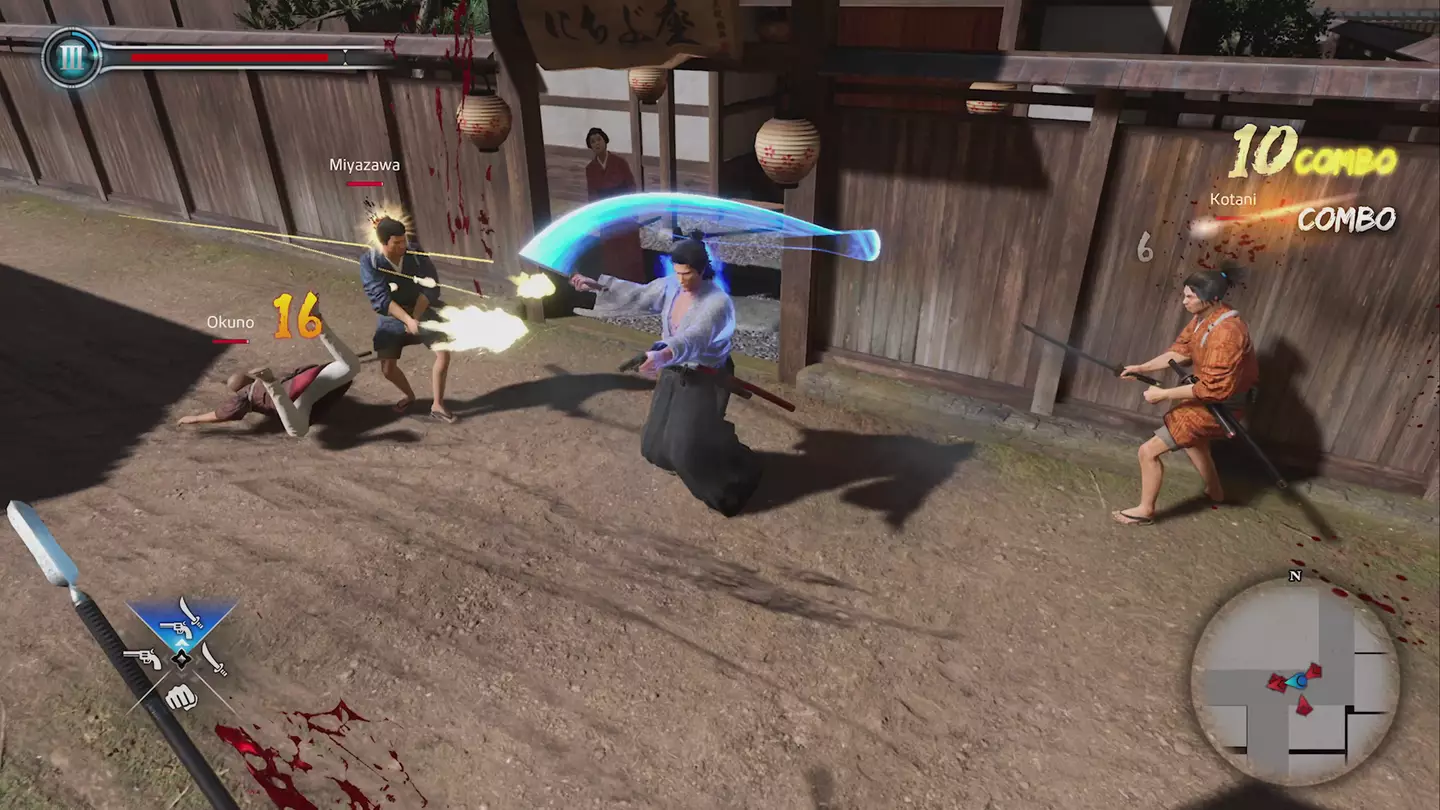
Another piece of side content is directly related to combat. Each style can be enhanced further through training with certain NPCs. You can spar in a dojo, practise with your revolver, enrol at a sword school, and more. These lessons usually involve the in-game instructor telling you the commands for a new move, which you then perform against opponents. Once completed, you can then acquire the skill in the relevant tree, so long as you have the required orb(s).
Advert
Speaking of combat, there’s also trooper cards, which essentially add skills and buffs to Ryoma during battle. These range from increased attack power to health regeneration and even a super move where he basically shoots electricity out of his hands.
These trooper cards are customisable, with you being able to choose which ones you use, as well as recruit others throughout the game. As you battle with them, they earn experience, becoming more useful as the game progresses. There’s also a minigame based around them, where you basically undertake side missions based around combat, not unlike some of the optional quests in Crisis Core.
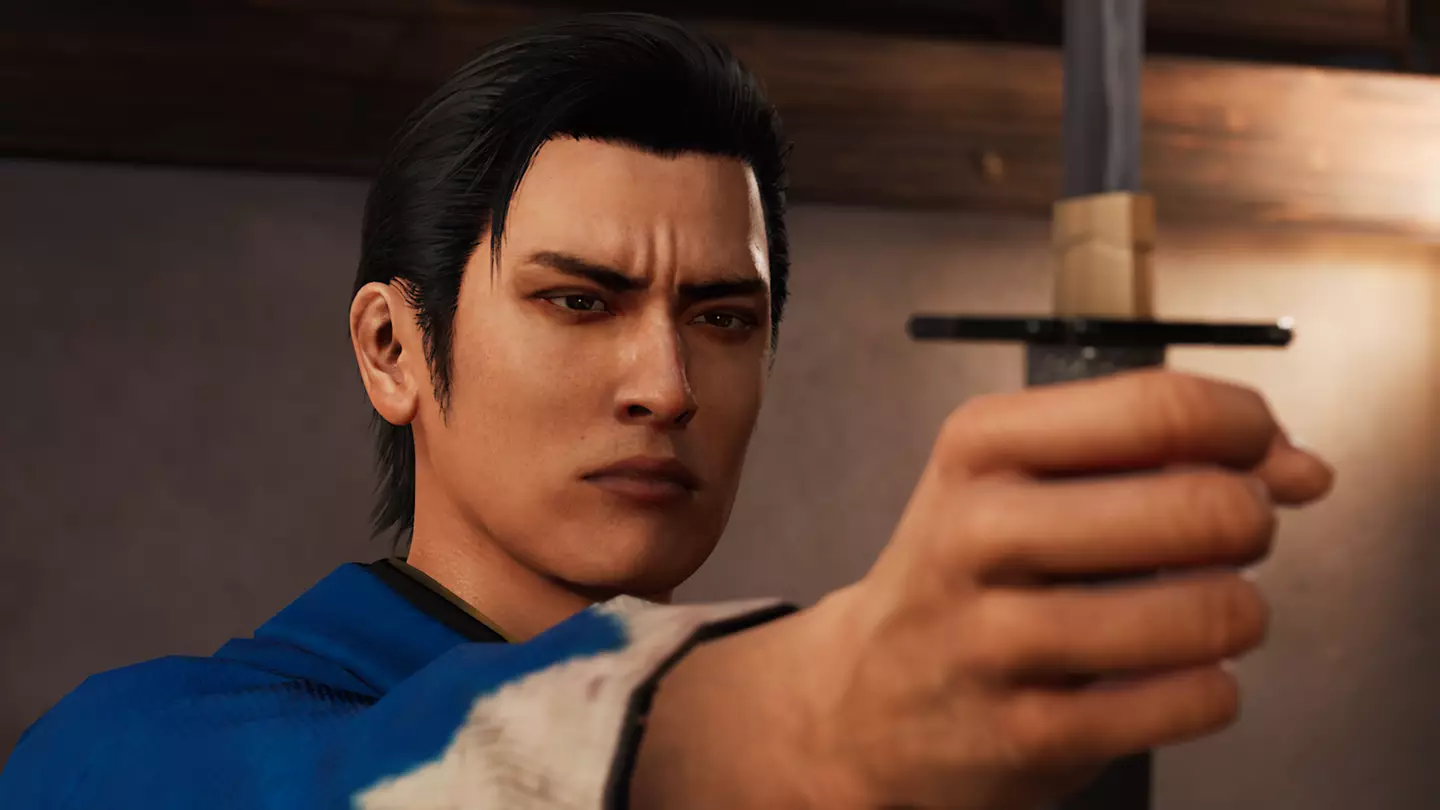
The true strength of Like a Dragon: Ishin! is in its characters. The majority or main players are made up of recognisable faces from previous Yakuza games. Now, I’ve already spoken about the significance of this in our preview, but I feel I have to add that the fact that we know these characters plays a big part in enjoying the game.
Advert
They may have different names and backstories, but they’re ultimately more similar than not, possessing the same personalities and likenesses of their main series counterparts. This means existing fans have an established relationship going in, and the result is a heightened significance during some key moments.
I don’t want to spoil anything, but seeing Ryoma, who is basically Kazuma Kiryu - the star of most mainline Ryu Ga Gotoku titles - fighting both against and alongside other iconic faces from the series is such a joy. It’s fan service through and through and I, for one, wouldn’t have it any other way.

While there’s plenty more within Like a Dragon: Ishin! to experience and talk about, the heart of this game is in the stories that unfold between the protagonist and the world around him. Ryoma is wholesome and loveable, and this is reflected in the epic tale that unfolds, as well as the numerous substories, one of which had me quite tearful.
While fans of the series will undoubtedly get more out of this game than newcomers, it’s a fantastic title that’s worth checking out, both as a samurai story and as a sandbox RPG in general. If you love cinematic cutscenes, frenetic combat and simply killing time in a beautiful virtual realm, then Like a Dragon: Ishin! is a must-play game.
Pros: gripping story, lovable characters, plenty of worthwhile content, strong replayability
Cons: lots of texture pop-in during cutscenes
For fans of: Yakuza, sandbox games, samurai stories
9/10: Exceptional
Like a Dragon: Ishin! Was tested on Xbox Series X. The game releases worldwide 21 February, 2023, for PC, Xbox consoles, PlayStation 4 and PlayStation 5. Read a guide to our review scores here.
Featured Image Credit: Sega